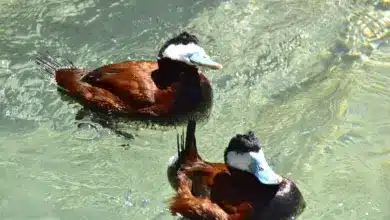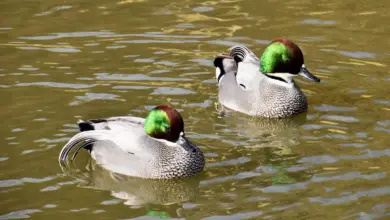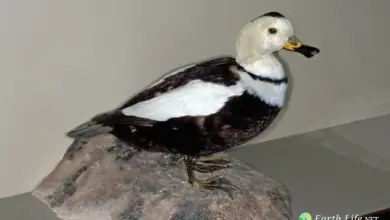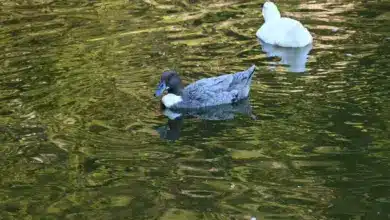Torrent Ducks (Merganetta armata)
The Torrent Ducks (Merganetta armata) are resident breeders in the Andes of South America, where they nest in small waterside caves and other sheltered spots.
They are usually found along fast-flowing mountain rivers and usually remain at elevations of 5,000 feet (1500 m) or above.
These powerful swimmers and divers navigate with ease through fast rivers, but are not skilled fliers and only fly for short distances. They are not usually shy when approached.
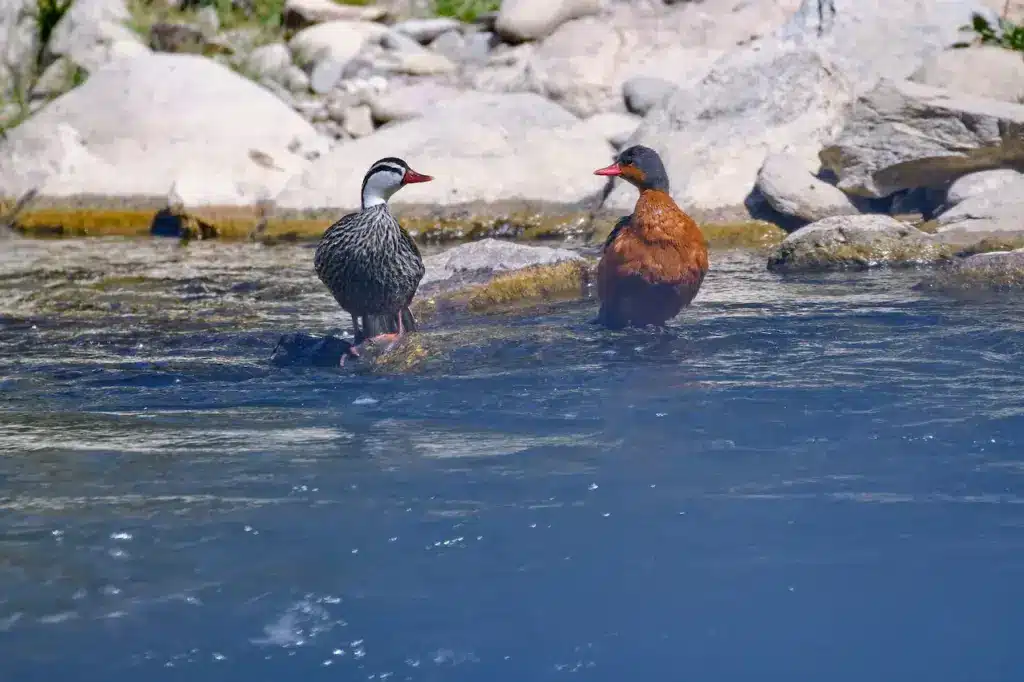
Subspecies
Chilean Torrent Duck (Merganetta armata armata)
- ID: The male has a grey back and blackish under plumage except for a chestnut belly.
Colombian Torrent Duck (Merganetta armata colombiana)
- ID: Slightly smaller than the southern nominate race described above. The males are paler underneath, with a streaked grey-brown under plumage.
Peruvian Torrent Duck (Merganetta armata leucogenis)
- ID: Males have an intermediate, but variable, plumage. Some are completely black underneath(turneri morph). The males have black ‘teardrop’ marks beneath the eyes. Some authorities spit the Peruvian Torrent Duck into 4 subspecies (leucogenis, turneri, garleppi and berlepschi). However, most consider these to be color variations, as they are not limited to distinct areas.

Description
Male Torrent Ducks are 43 to 46 cm long and have a striking black and white head and neck pattern and a red bill. In flight they show dark wings with a green speculum (= distinctive wing patch) .
Females of all subspecies are somewhat smaller than the drakes; they have orange underparts and throat, with the head and upperparts grey and a yellower bill.
Juveniles are pale grey above and whitish below.
Call / Vocalization
The male’s call is a shrill whistle, and the female’s is throatier whistle.
Status
The numbers of the Torrent Duck are declining due to environmental pollution, habitat destruction, damming of mountain rivers for hydroelectric schemes, and competition for food from introduced trout.
However, the Chilean population appears to be relatively stable.
More Duck Resources
Diet / Feeding:
Ducks feed on larvae and pupae usually found under rocks, aquatic animals, plant material, seeds, small fish, snails, and crabs.
Instead of “teeth,” ducks have serrations (saw-like edges) on their bills that allow them to filter food out of the water.
Captive birds are often fed commercially prepared duck food pellets – if there are insufficient natural resources available to sustain them. As they feed on insects, they are very useful in ridding gardens or lawns of harmful bugs.

